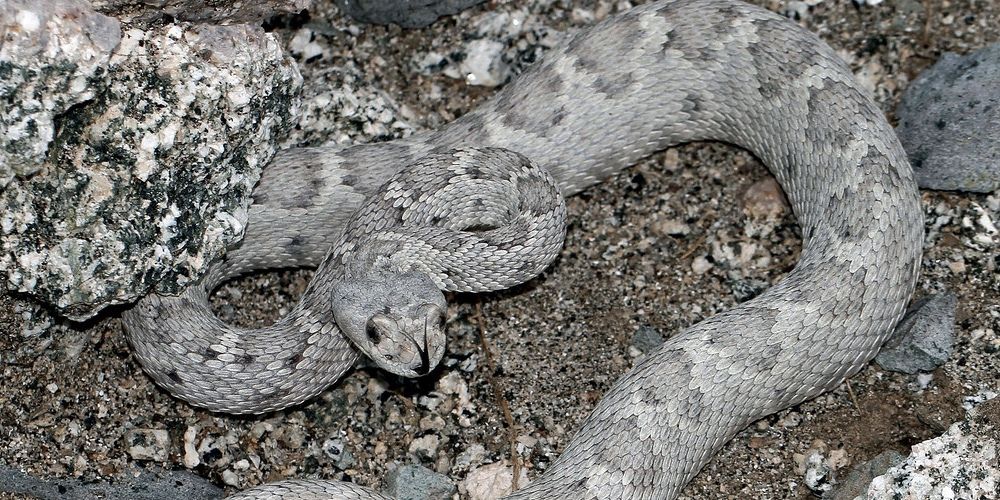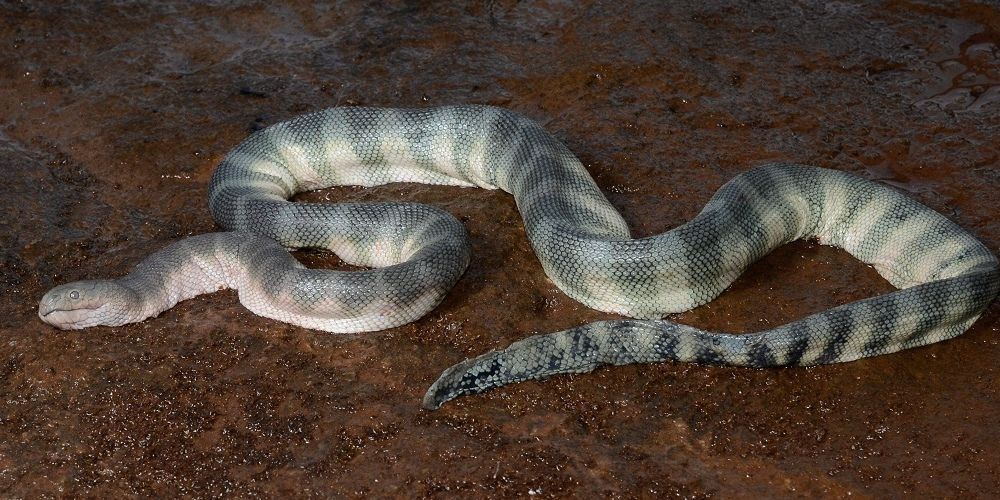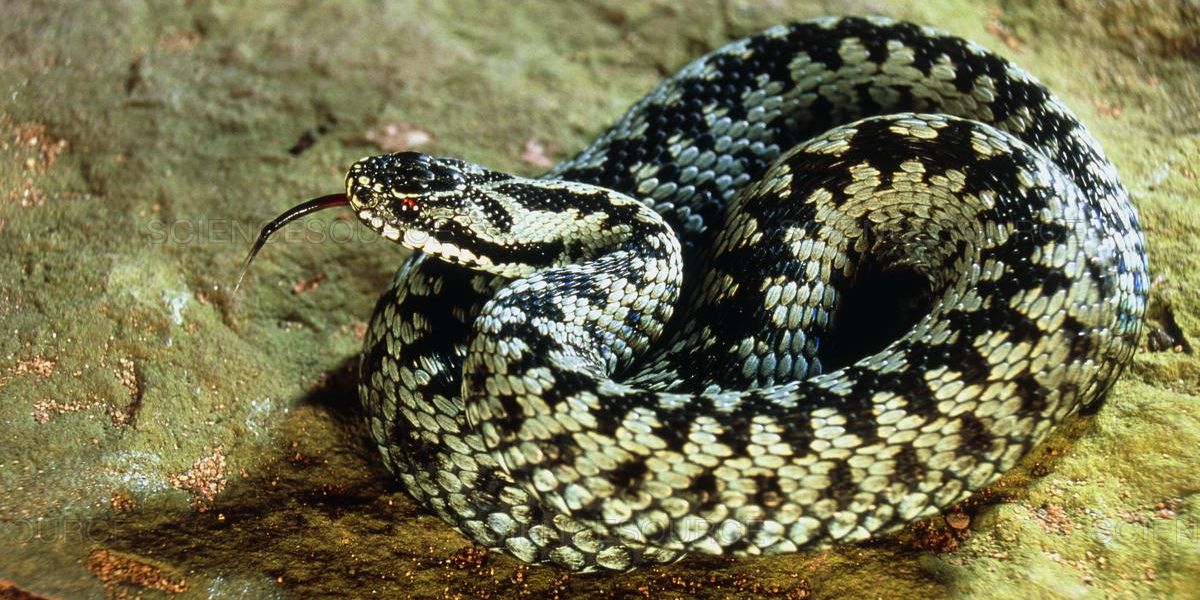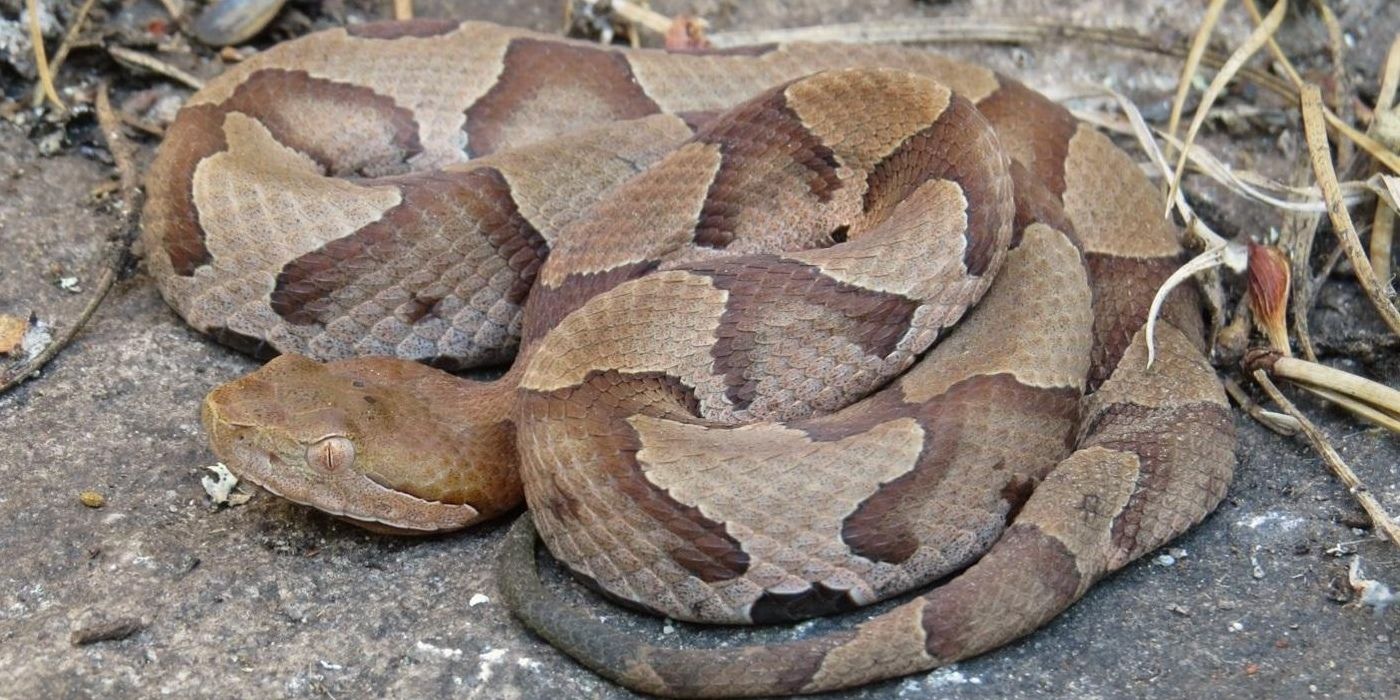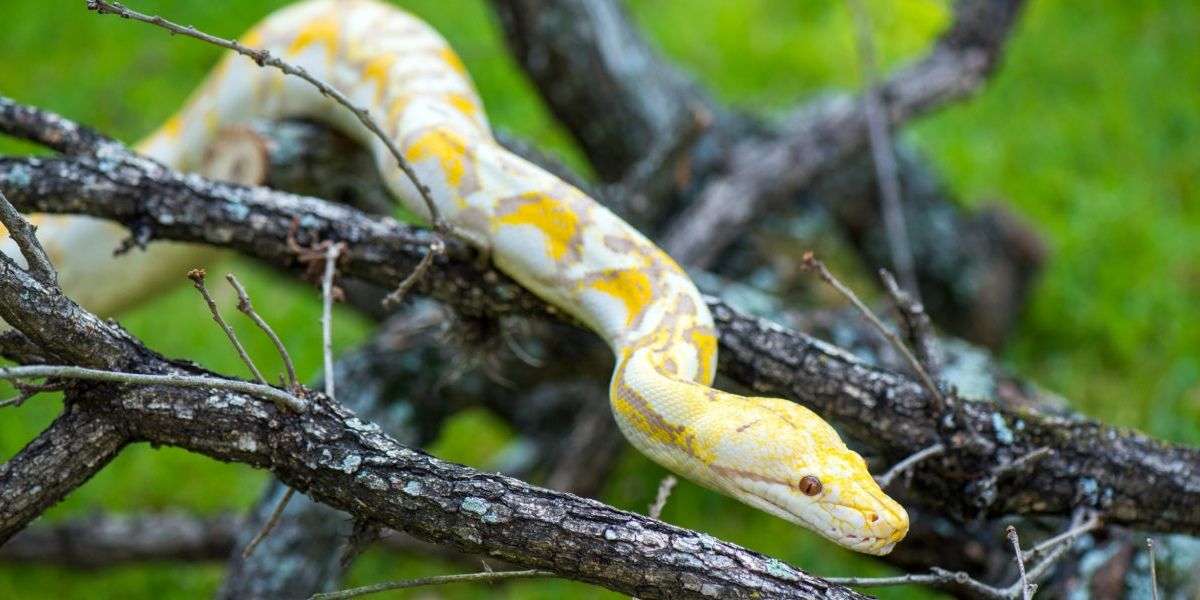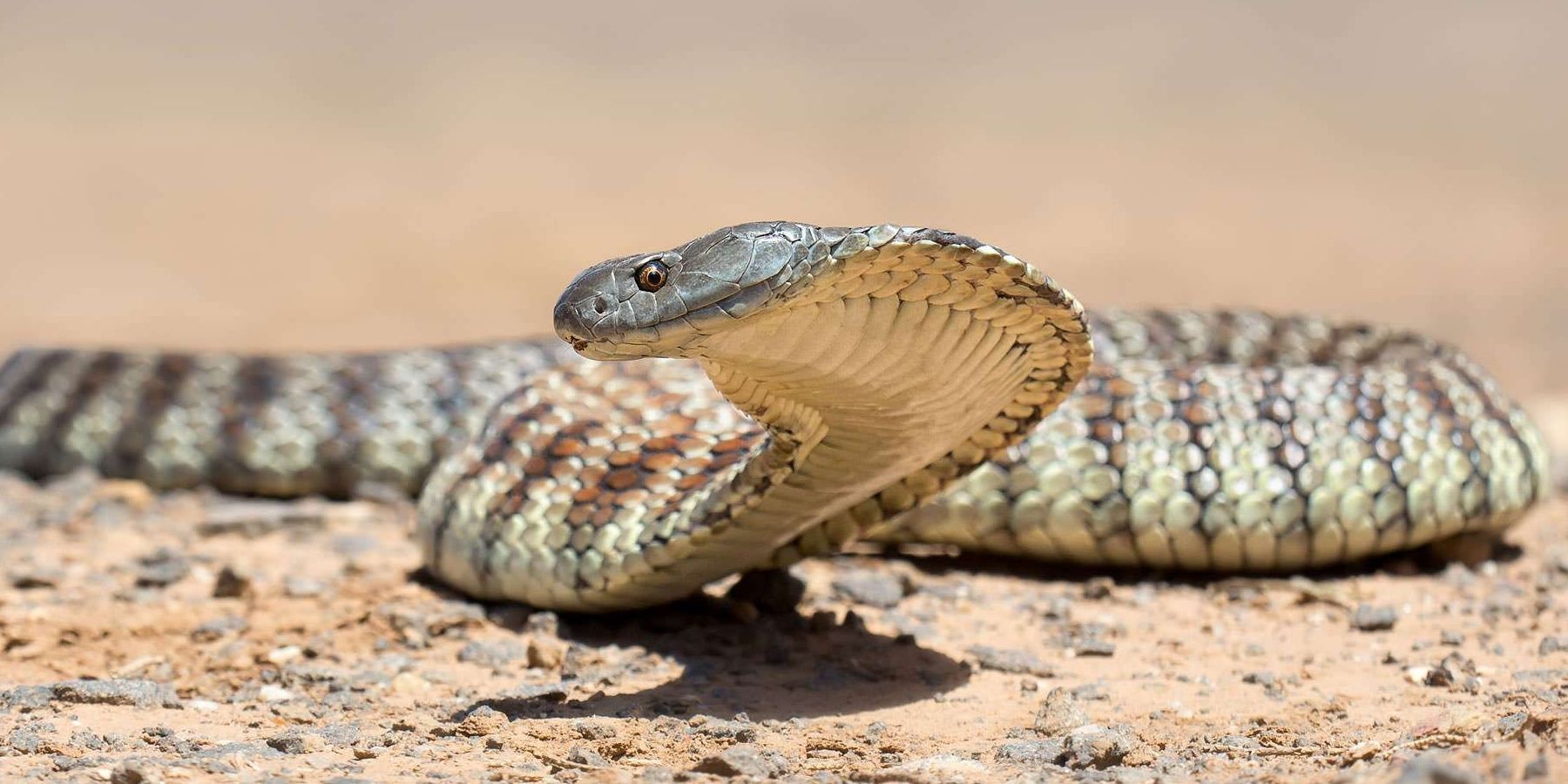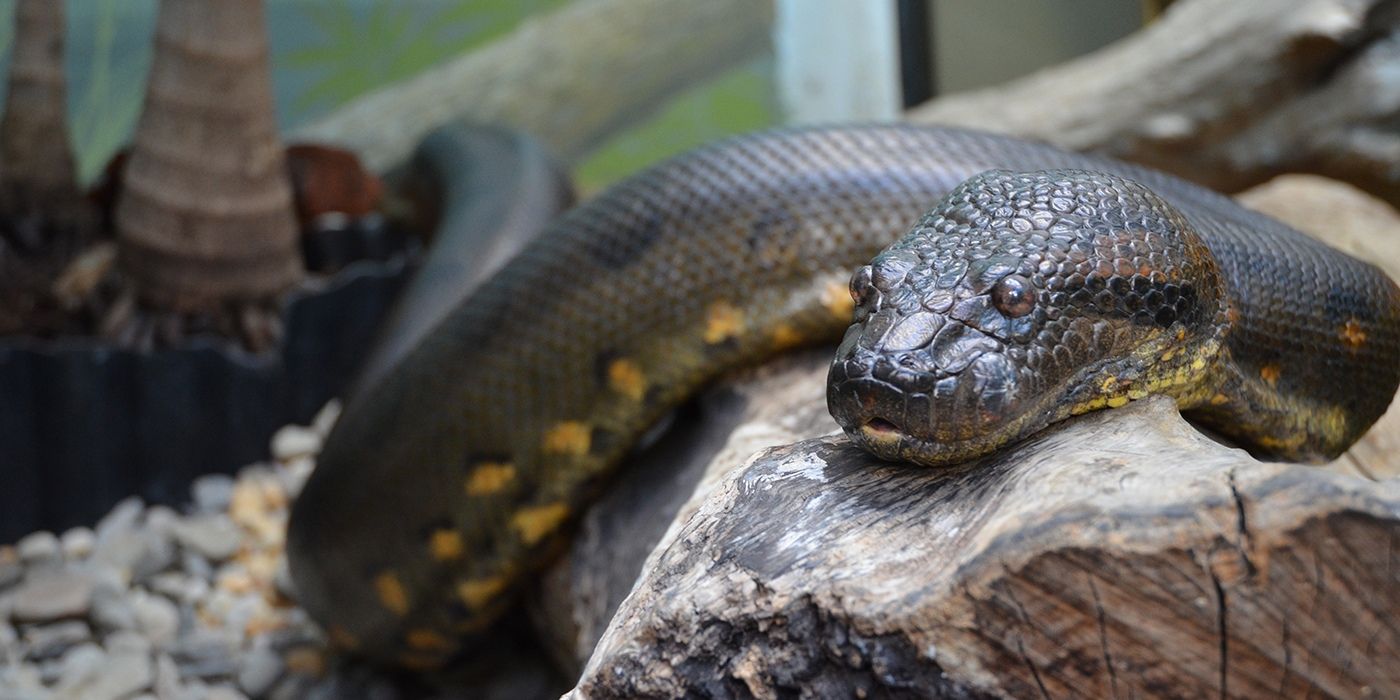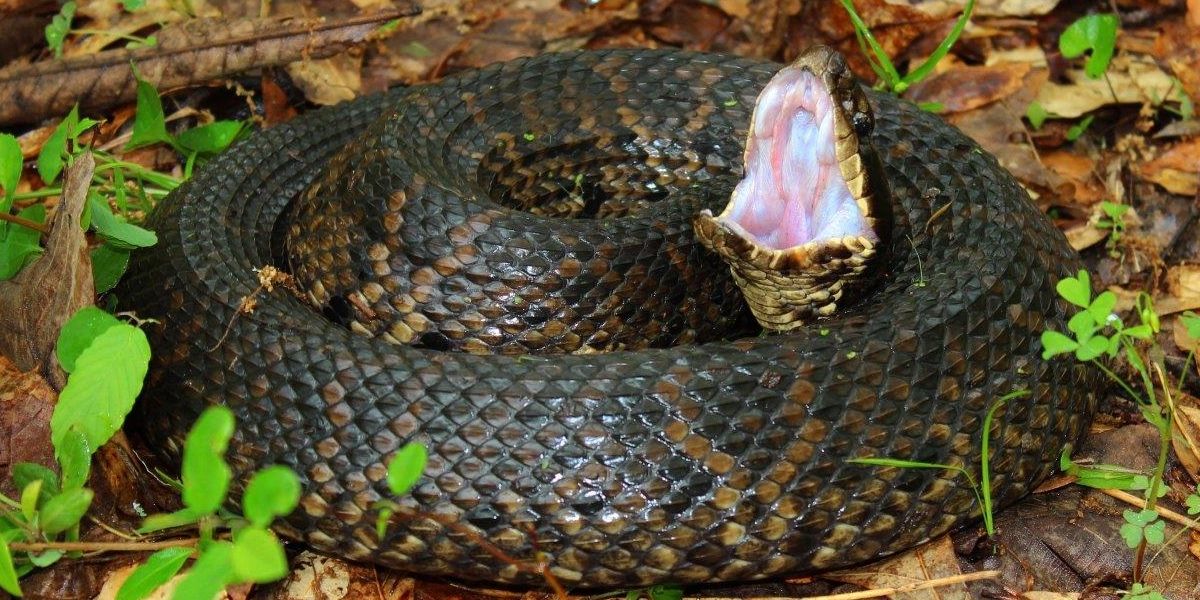Snakes live in most regions of the world, so as a traveler it is good to be educated about them. Obviously, we cannot cover every kind of snake but some have more of a reputation than others.
Biologists and animal enthusiasts alike have been fighting for less fearmongering in the media over these creatures. So we are going to keep to the facts! Just remember, if you ever see one of these snakes then the best option is always to just leave them be. They are more scared of you then you are of them.
10 Santa Catalina Island Rattlesnake
This snake is on this list because it is critically endangered. So if you see one, then you are lucky and you definitely do not want to cause any harm. Some people travel just to see one of these rare snakes.
However, it is unlikely you will ever see this snake unless you travel to Santa Catalina Island off the western coast of Mexico. They only exist on that island. They are venomous but not known to be deadly. However, if you do get bit by one, you should go to a hospital.
9 Beaked Sea Snake
Sea snakes are among the most dangerous for their venom and have caused fatalities. So if you are swimming and you see a snake swimming with you, just be safe and get out or at least far away from it.
This sea snake lives in the tropical waters of Australia and Asia and while most sea snakes are known to be very calm, the beaked sea snake has gotten a reputation for being aggressive. The snakes are hard to identity though, so it is best to just steer clear of any sea snakes while traveling.
8 Brown Tree Snake
This snake looks pretty cute, but is is an invasive species in Guam. They are native to Australia, Indonesia, and Papua New Guinea. It is believed they arrived in Guam accidentally through imported cargo in the 1950s. They are nocturnal, so you may not see one unless you go out hiking at night.
While they do have venom and an aggressive reputation, these snakes have too weak a venom to do any serious damage to an adult human.
7 Common Viper
Also known as the common European viper or common adder, as their names describe, they are pretty common and can be found all around European and Asian countries. Also due to how widespread they are, their bites are common and treatable by medical professionals. So even if they are common, you will still have to go to the hospital if you are bitten.
6 Copperhead
You may come across this snake if you travel during the summer into the southeastern United States. They are the reason to wear some sturdy boots because their bites are venomous. It is not usually deadly, but definitely going to send you to a hospital. They are known to sometimes have what people call "dry bites" which means they can bite with no venom but you would not really know that until you already visit a doctor.
5 Reticulated Python
This is the longest snake in the world and we would be surprised if you have not seen one of these before at a museum or zoo. Some people even keep them as pets! However, they can squeeze the life out of you if you are small, weak, and not careful. They have no venom, though their bites obviously would hurt.
While they are kept as pets, they are also one of the few snakes that prey on humans (though these are very rare cases). So if you go to a jungle, have at least two other people with you and look up in the trees once in a while.
4 Tiger Snake
These snakes are found in the southern regions of Australia and its islands. They are quite venomous and have caused fatalities with their bites. They are beaten by the brown snake of Australia though in terms of fatalities, so if you travel to Australia, be sure to look those ones up.
The reason the tiger snake is on this list is that it is a protected snake. If you kill or injure one during your trip, you will have to pay a fine of about seven thousand dollars and serve a jail sentence. So in a way, this snake is dangerous to you in more ways than one.
3 Ashe’s Spitting Cobra
Native to Africa, this snake is the largest species of spitting cobra. As the name implies, they spit their venom at you. That means you do not just have to worry about a bite. You need to keep a wide distance.
They also often aim their spit to get into your eyes if they decide to spit in the first, so be sure to not let that happen. It it does happen, seek medical help as soon as possible.
2 Green Anaconda
Like the reticulated python, the green anaconda is nonvenomous and one of the largest snakes in the world. They have a lot in common, but it is the green anaconda that has gotten the scary reputation due to its use in horror movies and books as a man-eater. Strangely enough though, there are more media stories of people being killed by reticulated pythons than green anacondas. This actually may be due to the fact that people generally avoid and fear green anacondas more.
If you are traveling in Trinidad, tropical South America, east of the Andes, south to Bolivia, or northern Paraguay then you will be in this snake's natural habitiat.
1 Cottonmouth
Like the copperhead, the cottonmouth snake if found in the southeastern United States. Its bite is potentially fatal, so you will need to call 911 immediately after getting bitten. However, they do display themselves with their mouths open as a warning before attempting to bite.
While deaths are rare, it is likely that the bite will leave a scar. That is one souvenir you do not want.

